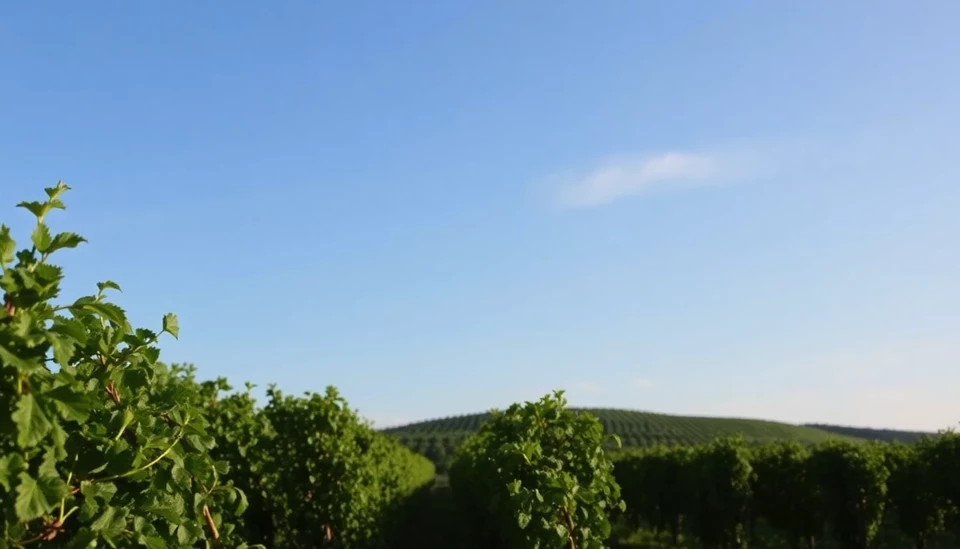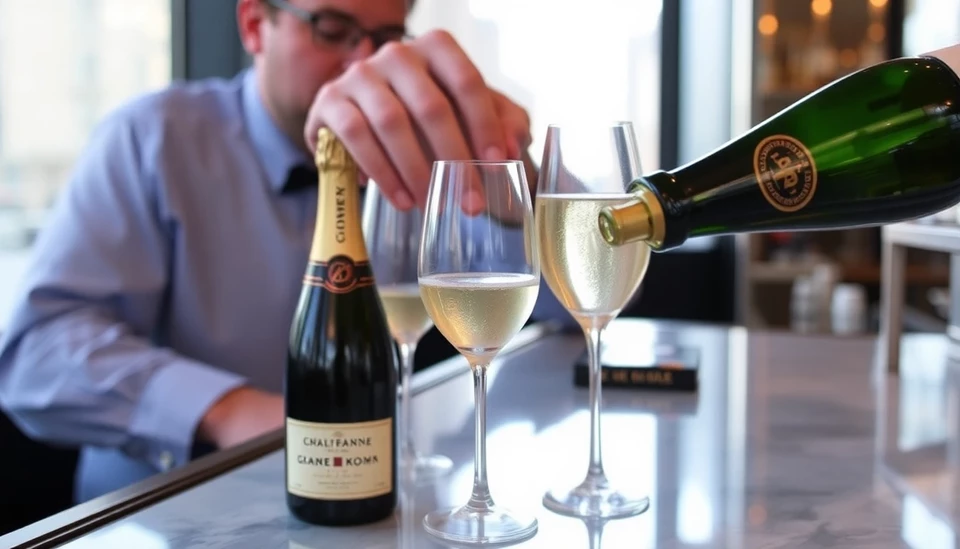
Climate change has become a significant factor affecting various industries, and the world-renowned Champagne region in France is no exception. As temperatures rise and weather patterns shift, the very nature of how Champagne is produced is undergoing dramatic changes. This evolution poses both challenges and opportunities for local producers who must adapt to an ever-changing environment.
The Champagne region, famed for its sparkling wines, is experiencing warmer weather which influences everything from grape growing to the final product. Traditionally, the U.S. envisions Champagne as a luxury beverage, synonymous with celebrations and milestones. However, the warmer temperatures are prompting local producers to rethink traditional practices, including the types of grape varietals grown and harvesting timelines.
In response to climate change, viniculturalists are noticing that certain grape varieties, such as Pinot Noir and Pinot Meunier, are now ripening earlier than usual. This premature ripening can lead to wines that are higher in alcohol and lower in acidity, which ultimately alters the taste profile of what consumers have come to expect from Champagne. Consequently, vintners are experimenting with different grape cultivation techniques and blending strategies to maintain their signature flavors.
Moreover, the risk of extreme weather events, such as frost and hail, has increased, prompting Champagne producers to invest in protective measures. For instance, some vineyards have adopted frost protection techniques like helicopters that circulate air over the vines or sprinklers that create a protective ice layer around the buds. This proactive approach highlights the delicate balance producers must strike in safeguarding their harvests while adapting to changing weather patterns.
Local winegrowers are also focusing on sustainable practices and biodiversity to mitigate the impact of climate change. Techniques such as organic farming, cover crops, and a wider assortment of plantings are being utilized to build resilience within the vineyard ecosystems. By committing to these practices, producers hope to ensure both the quality of the Champagne and the longevity of the region’s viticulture.
As the industry adapts, there is a growing awareness of the need for collective action. Various stakeholders, from farmers to politicians, are engaging in discussions around climate strategies that are crucial not only for economic sustainability but also for preserving the cultural heritage associated with Champagne. This cooperative effort underscores the realization that climate change is a shared challenge that requires innovative solutions and collaboration across all levels of the industry.
In conclusion, the intersection of climate change and Champagne production is reshaping the future of this iconic beverage. While the challenges posed are significant, the resilience and ingenuity of the Champagne producers are leading to new practices that may ultimately strengthen the region’s foothold in the global wine industry while preserving its storied legacy.
#Champagne #ClimateChange #Sustainability #WineIndustry #FrenchWine #GlobalWarming #VineyardAdaptation
Author: Peter Collins
